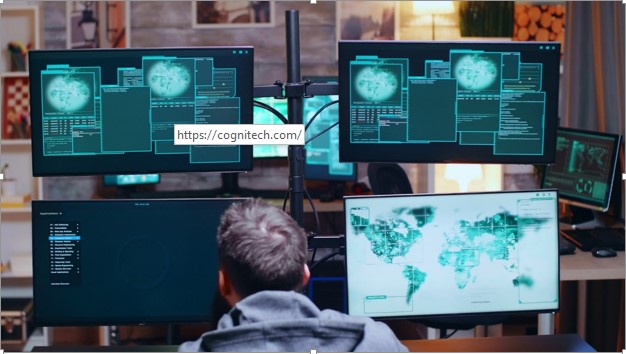How it works and What you need to know
In today's world, evidence is critical. If you're involved in a legal case, you need to be aware of forensic software and how it can help your case.
Frank was one of the most popular boys in his school. He had many friends and was always up for a good time. There was one person Gary who couldn't stand him. Gary was a bully and would always try to pick on Frank.
One day, Gary managed to corner Frank in the boys' bathroom and started molesting him. Frank didn't know what to do - he was too scared to say anything or fight back. Eventually, Gary got what he wanted and created the video, which was live on social media, and left the bathroom without saying a word. That night, the video was viral to other schools also, which was horrifying to Frank, and he committed suicide by hanging himself from the closet rod.
When Gary got to know about his suicide of Frank, he got scared and deleted the video.
Forensics can help investigators identify evidence that may have been missed during the initial search process. This can include blood spots on a floor, fingerprints on a door handle, or fibers found at the scene of the crime.
By using forensic software, investigators can quickly and easily compare this evidence to databases containing similar items' records. This can help them to identify any matches and determine whether or not it's likely that this evidence was left at the crime scene by the perpetrator.
In addition, it can be used to reconstruct events that took place during the commission of a crime. By piecing together evidence from different sources (like video footage, witness statements, and forensics reports), investigators can create a comprehensive picture of what happened to build a case against the perpetrator.
Testing the video using forensic software can help determine whether it has been tampered with. This is especially important in cases where digital evidence is involved, as it can help to identify and prosecute any perpetrators.
Each tool has its strengths and weaknesses, so it's essential to choose the right one for the task. Video analysis software is particularly good at detecting changes in the video (like alterations or deletions) and identifying figures/landmarks that have been added or removed. It can also see unusual movements or patterns in the video footage, which can help to identify possible suspects or witnesses.
Once you've tested the video using forensic software, you'll be able to determine whether it has been tampered with. If anything suspicious is found, you'll have all the evidence to take action and bring those responsible to justice!
Conclusion
Law enforcement and private investigators use forensic software to analyze digital evidence and track criminals. It helps identify the origins of files, tracks changes and movements within files, and even reconstructs images or videos.
Forensic software is often used with other forensic tools like handwriting or facial recognition. It's often called the "crown jewel" of forensics because it can help investigators piece together the entire puzzle of a crime scene.


No comments yet